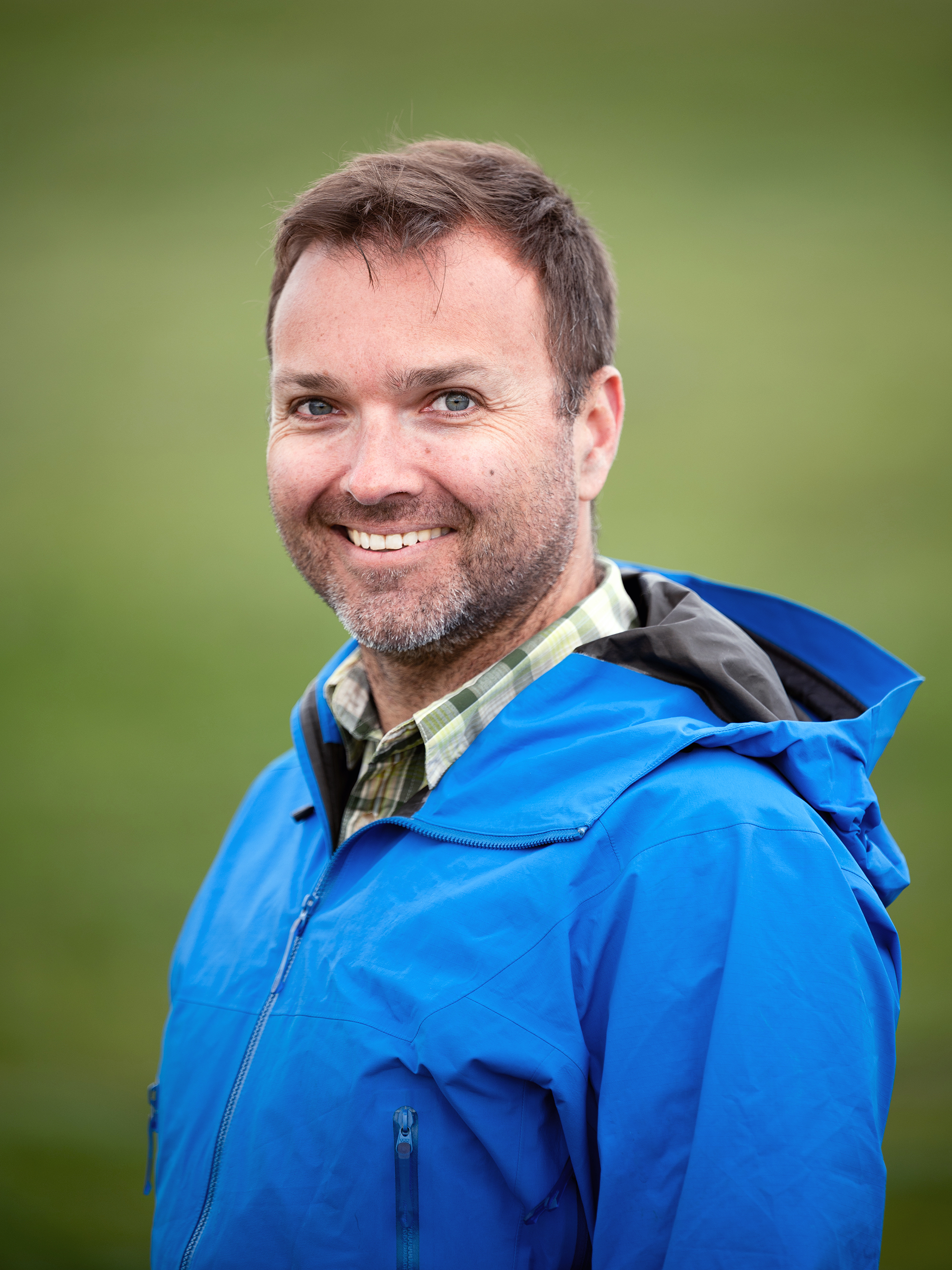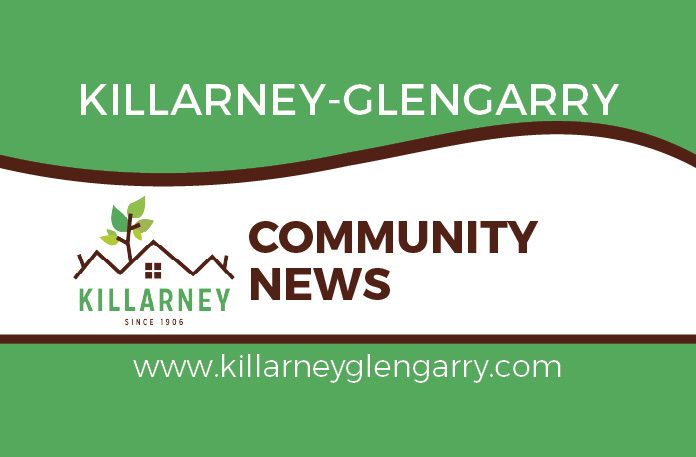by Titash Choudhury
“Leave things better than you found them.” That’s the advice Jeremy Hogan has carried with him across continents, careers, and communities. For him, it’s more than a saying; it’s a commitment to land, to people, and to the generations that follow. Jeremy was born in Killarney and spent his earliest years on 25 Street before his family moved away. He studied biology at the University of Victoria, where he fell in love with conservation science, then pursued graduate studies in primatology at the University of Calgary. His research led him to Costa Rica, where he spent nearly a decade studying white-faced capuchins.
While working in Costa Rica, Jeremy met Dr. Dan Janzen, a biologist tracking the collapse of insect populations, largely due to habitat loss surrounding the protected park. Dr. Janzen wasn’t waiting on policy or funding to avoid collapse: “When your house is burning,” he told Jeremy, “You don’t need a thermometer, you need a fire hose.” The urgency with which Dr. Janzen mobilized communities, conservation partners, and landowners to restore and reconnect fragmented habitats left a lasting impression on Jeremy. Over time, the effort became a UNESCO World Heritage Site, and insect populations began to recover. It shaped how he sees conservation today and brought him back to Canada with a new sense of purpose. Today, Jeremy is the Director of Prairie Grassland Conservation at the Nature Conservancy of Canada, helping protect one of Earth’s most threatened ecosystems right here in our own back yard: Canada’s prairie grasslands.

“People think of Canada as vast and untouched,” he says. “But in reality, only a small portion of land is habitable and farmable, and that’s where most of our species at risk live.”
Grasslands once covered the prairie provinces. Now, more than 80% is lost to agriculture and development. What remains is fragmented and at risk, often stewarded by ranchers who’ve cared for the land for generations. Jeremy partners with these families through trust, not restrictions, working together to protect what is left.
“These ranchers know the land, and care for it, better than anyone,” he says. “We’re just helping make sure their hard work carries through to the next generation.”
Jeremy added that he also sees Calgary’s critical role in this ecosystem. Sitting at the meeting point of mountain and prairie, the city forms a vital corridor for birds, pollinators, and wildlife.
When this role brought him back to Calgary in 2016, it felt like coming full circle. His family chose Killarney soon after. For them, the decision was easy. Killarney is deeply rooted in the community, close to nature, and just minutes from downtown. With Weaselhead Flats, the Douglas Fir Trail, Glenmore Reservoir, and the Elbow River nearby and neighbourhood streets lined with mature trees, school gardens, and green spaces, nature isn’t something one has to seek out. It’s already part of how people live here.
Jeremy and his family are also deeply involved in the community. From school boards to garden cleanups and community events, they’ve always been present. He jokes that Killarney is one of the few neighbourhoods where you can grab Thai takeout, swing by a yoga studio, wave at a neighbour at the post office and debate where to get the best pizza because there’s an abundance of good choice. Jeremy says his parents played an important role to shape his need to give back: his dad volunteered to flood the rink in winter in his community, his mom served on the school parent’s council, and Jeremy grew up watching them show up for the place they lived. It stayed with him.
When asked what he hopes for Killarney’s future, Jeremy points to three things: having people planting more native flowers, to see local businesses growth and contributing to the vibrant, sustainable community, while promoting thoughtful, long-term development. He believes that change and densification are inevitable, and if done well, it can add to community resiliency. It doesn’t have to be at the expense of nature: with intention, he believes we can build better. He also hopes to see improved pedestrian safety through more cautious driving habits, especially in a neighbourhood full of young families.
When asked what grounds Jeremy most, he said the small, everyday moments with his kids, meeting friends through preschool, chatting at the playground, bumping into neighbours at the pool, and volunteering at events. These daily “collisions,” as Jeremy calls them, turn a neighbourhood into a community. To Jeremy, Killarney already offers much of that balance: a place where land, people, and conservation don’t just coexist but strengthen one another. So, if you see him and his family biking through the neighbourhood or planting native flowers in the garden, stop and say hi!
Thank you for taking the time to read our new series, Humans of Killarney. Share your story, your neighbour’s story, or the story of inspiring community members with Humans of Killarney. Contact Titash Choudhury at [email protected] to nominate someone for Humans of Killarney.
As the KGCA celebrates its 75th anniversary this year, we’re excited to deepen our commitment to the community by introducing new events, programming, and initiatives designed to connect us all.
Stay tuned for next month’s issue!
Click here to the Killarney-Glengarry Community News home page for the latest Killarney-Glengarry community updates.










